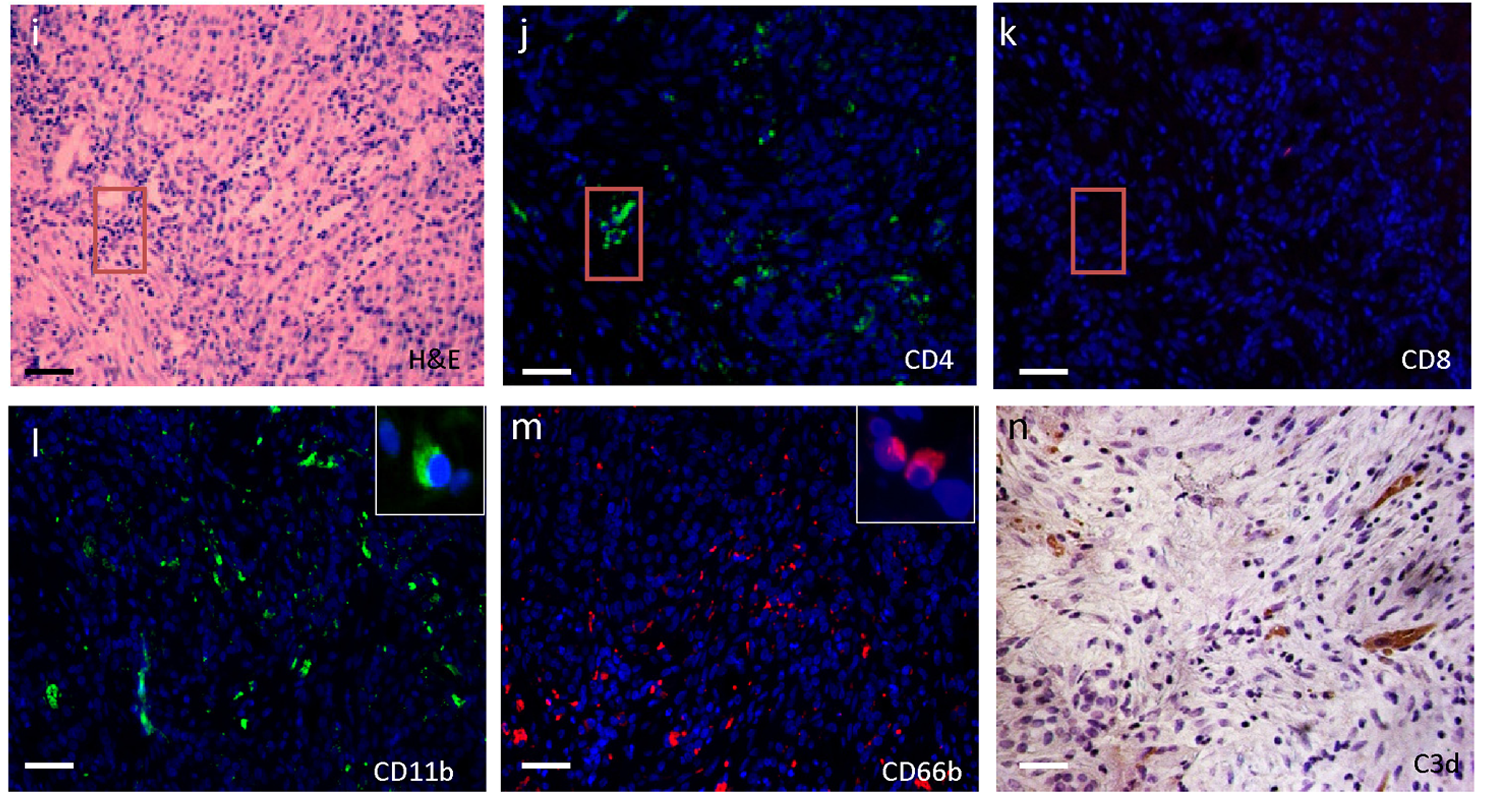
Cat. #162065
Anti-Anterior gradient 3 [AGR3.3]
Cat. #: 162065
Sub-type: Primary antibody
Target: Human Anterior gradient 3 and human Anterior gradient 2
Class: Monoclonal
Reactivity: Human
Host: Mouse
£300.00
This fee is applicable only for non-profit organisations. If you are a for-profit organisation or a researcher working on commercially-sponsored academic research, you will need to contact our licensing team for a commercial use license.
Contributor
Institute: Moravian Biotechnology
Tool Details
*FOR RESEARCH USE ONLY
- Name: Anti-Anterior gradient 3 [AGR3.3]
- Clone: AGR3.3
- Tool type ecom: Antibodies
- Tool sub type: Primary antibody
- Class: Monoclonal
- Conjugation: Unconjugated
- Molecular weight: AGR3: Calculated: 19,6 kDa; SDS-PAGE mobility (reduced): 19-20 kDa; AGR2: Calculated: 19,9 kDa; SDS-PAGE mobility (reduced): 19-20 kDa
- Reactivity: Human
- Host: Mouse
- Description: Antibody created to detect the human AGR3 and AGR2 proteins. Binding specificity: Human AGR3 and AGR2 proteins. Epitope PLMII (determined using pepscan).
- Immunogen: Purified human AGR3 protein
- Isotype: IgG1 kappa
- Production details: B cell donor: Splenocytes from mouse immunised with purified AGR3 protein, fusion partner: SP2
Target Details
- Target: Human Anterior gradient 3 and human Anterior gradient 2
- Molecular weight: AGR3: Calculated: 19,6 kDa; SDS-PAGE mobility (reduced): 19-20 kDa; AGR2: Calculated: 19,9 kDa; SDS-PAGE mobility (reduced): 19-20 kDa
- Target background: AGR3 (Anterior Gradient 3) is a human homologue of the XAG-3 protein expressed in Xenopus laevis, which were identified in a study analyzing mRNA expression in ER-positive breast cancer-derived cell lines. The two proteins show a considerable degree of similarity, with the coding sequences of both proteins located in close proximity on the chromosome at position 7p21. AGR3 expression in ovarian cancer is independent of oestrogen-receptor expression, which is distinct from the oestrogen-receptor dependent expression of AGR3 in breast cancers. Isogenic cancer cell models were created that over-express AGR3 and these demonstrated that AGR3 mediates cisplatin-resistance in mouse xenografts. These data indicate that AGR3 is over-expressed by a hormone (oestrogen-receptor ?)-independent mechanism and identify a novel protein-folding associated pathway that could mediate resistance to DNA-damaging agents in human cancers. AGR2 has been characterized in more detail so far and has been shown to be directly involved in the neoplastic transformation of the cell as well as in their migration. Thus, the results obtained so far support the hypothesis that AGR2 plays an important role in mediating some pro-oncogenic signals of estrogen receptors.
- Epitope sequence: PLMII sequence of Anterior gradient 3
Handling
- Format: Liquid



